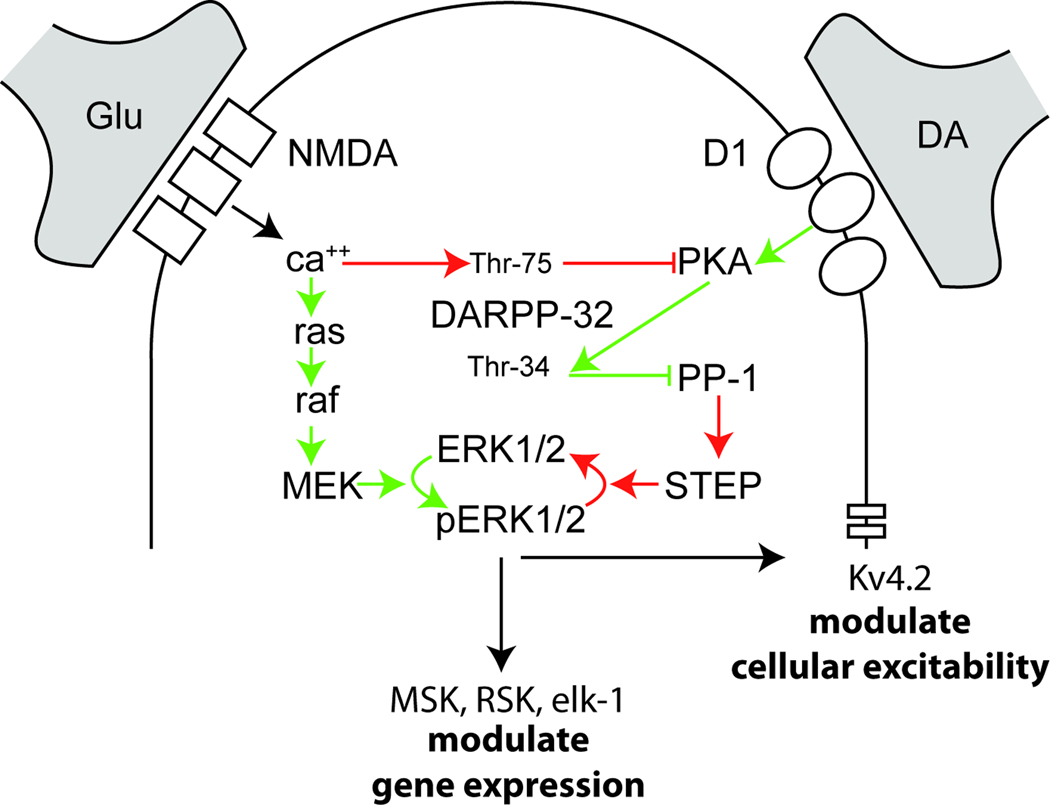Figure 1. Regulation of ERK activation in striatal neurons.
In striatal MSN’s, the coordinated activation of DA D1 receptors and NMDA receptors produces maximal ERK activation. D1 receptor stimulation activates cAMP-PKA, which phosphorylates the phosphoprotein DARPP-32 at its Thr-34 residue. Thr-34 DARPP-32 becomes a potent inhibitor of the phosphatase PP-1, which dephosphorylates ERK through its regulation of another phosphatase, striatal enriched phosphatase (STEP). NMDA receptor stimulation results in ca++ influx, activation of ca++ dependent kinases (not shown), which stimulates ras activity. Ras, in turn, activates raf and MEK, the kinases upstream of ERK, resulting in ERK phosphorylation. Ca++ influx also activates a signaling cascade that results in phosphorylation of DARPP-32 at Thr-75. Thr-75 DARPP-32 becomes an inhibitor of PKA activity. Green lines indicate pathways that promote ERK phosphorylation. Red lines indicate pathways that result in ERK dephosphorylation.

